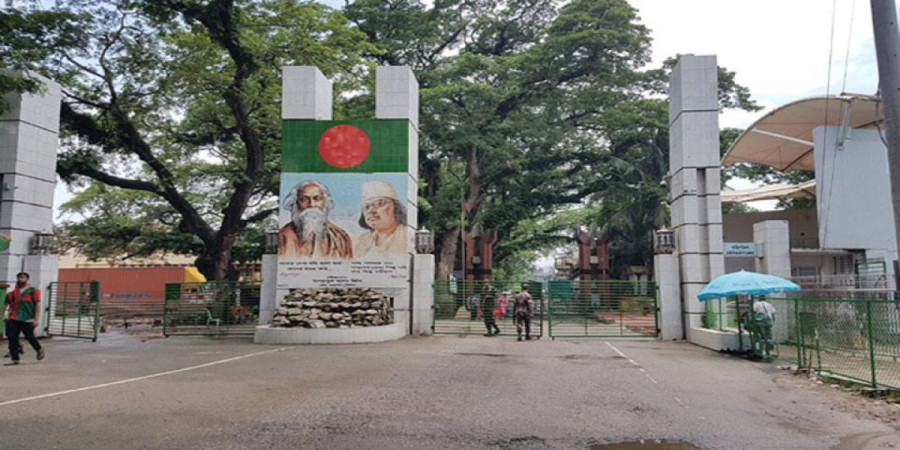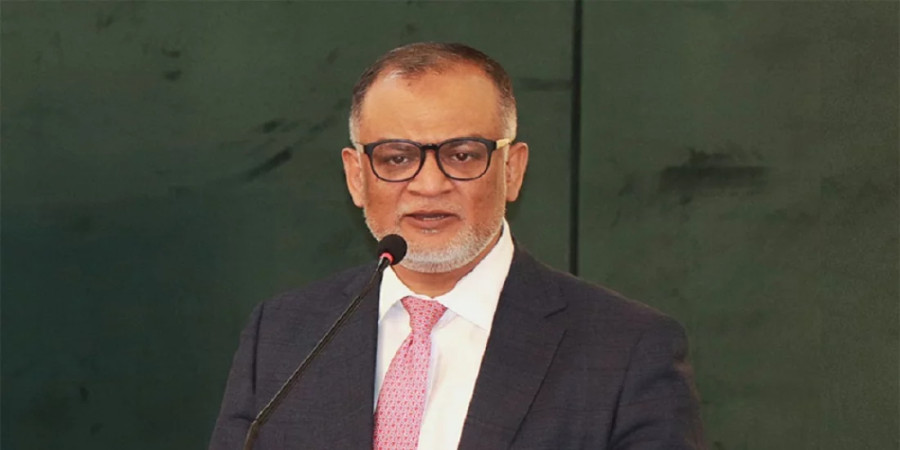
ছবি: Photo: Collected
Bangladesh’s exports to India have surpassed $1.11 billion in the first seven months (July-January) of the current 2024-25 fiscal year, marking a 14.66% increase compared to the same period last fiscal year. Despite political transitions and diplomatic tensions following the fall of the Sheikh Hasina government, trade between Bangladesh and India has remained unaffected. Imports from India have not declined, and Bangladesh’s exports to the neighboring country have continued to rise.
According to data from the Export Promotion Bureau (EPB), if this trend continues, total exports to India may reach $2 billion by the end of the fiscal year. The only time Bangladesh’s exports to India exceeded $2 billion was in the 2022-23 fiscal year when it reached $2.13 billion.
EPB data shows that the $1.11 billion export volume accounted for approximately 4% of Bangladesh’s total export earnings during this period. Of this, $427.6 million came from garment exports, reflecting a nearly 19% increase compared to the same period in the 2023-24 fiscal year. Jute and jute goods brought in $115.5 million, while leather and leather products contributed $58 million. Additionally, plastic goods generated $42.2 million in export revenue, and textile yarn and related products accounted for $19.4 million.
In comparison, Bangladesh exported $969.3 million worth of goods to India in the corresponding period of the previous fiscal year (July-January 2023-24).
Despite the steady growth in exports, Bangladesh maintains a significant trade deficit with India. As the world's fifth-largest economy, India exports significantly more to Bangladesh than it imports, leading to a trade gap exceeding $10 billion. However, Bangladesh’s exports to India have shown a consistent upward trend in recent years.
Bangladesh’s record-breaking export performance to India in 2022-23, reaching $2.13 billion, marked the first time the country crossed the $2 billion export milestone. In the 2021-22 fiscal year, exports stood at $1.99 billion, representing a 55.62% increase from 2020-21. However, the 2023-24 fiscal year saw a decline, with exports dropping to $1.57 billion. The current fiscal year, however, is showing signs of recovery and growth.
The first time Bangladesh’s exports to India surpassed $1 billion was in the 2018-19 fiscal year. Within five years, exports more than doubled, reaching $2.13 billion in 2022-23. Prior to that, Bangladesh had only exceeded the $1 billion mark four times in its history. In 2020-21, exports to India reached $1.28 billion, while in 2018-19, the figure was $1.25 billion. However, exports dipped to $1.09 billion in 2019-20.
Bangladesh’s primary exports to India include ready-made garments, raw jute and jute products, yarn, plastic products, and leather goods. In the 2023-24 fiscal year, garment exports to India generated $550 million, while jute and jute products contributed $220 million. Leather and leather goods brought in $110 million.
On the other hand, Bangladesh imports a wide range of goods from India, including raw materials for its garment industry, such as cotton and yarn, as well as essential commodities like green chilies, onions, potatoes, rice, and lentils. Although import data for the July-January period is not yet available, trade has remained uninterrupted.
Bangladeshi garment manufacturers see significant potential in the Indian market and emphasize the importance of maintaining strong diplomatic relations to protect and expand trade opportunities.
Mohammad Hatem, president of the Bangladesh Knitwear Manufacturers and Exporters Association (BKMEA), highlighted the growing demand for Bangladeshi apparel in India. He noted that while exports had surpassed $2 billion previously, there was a temporary decline, but the sector is now experiencing renewed growth.
Hatem emphasized the need for proactive diplomatic efforts to sustain and expand exports, stating that as a neighboring country, Bangladesh benefits from lower transportation costs when exporting to India. Since all exports to India occur via land ports, an increase in trade with India would be highly advantageous for Bangladesh’s economy.
repoter






